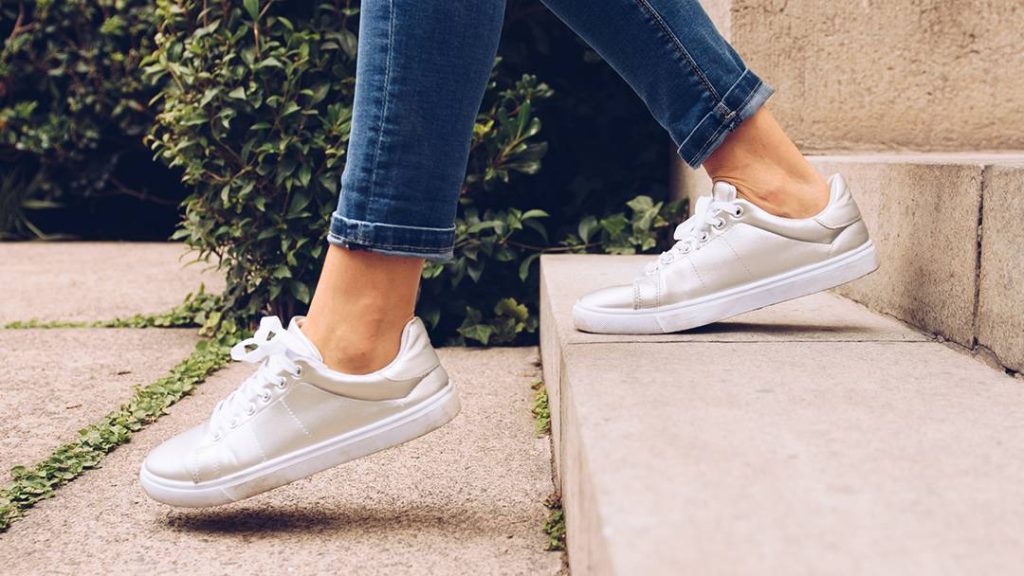-
Mayo Clinic Q and A: Summer safety tips for ankles, feet and toes

DEAR MAYO CLINIC: I recently moved to the South to take advantage of warmer weather. I am excited that I can embrace sandals, flip-flops and more casual shoes this summer. Do you have advice on the best ways to protect ankles, feet and toes?
ANSWER: Whether you live in a warmer climate or not, summer brings outdoor cookouts, family excursions and activities that beg for open-toed or casual footwear. Whether it’s getting out for a leisurely morning stroll at the beach or playing on the lawn with the kids, your feet keep you moving.
Did you know that the feet and ankles absorb approximately 120% of a person's body weight? That is a significant amount of force, so it is important to keep your lower extremities safe and protected.
Here are my top recommendations to consider when it comes to summer safety tips for ankles, feet and toes:
Wear the appropriate footwear for your activities.
At the beach or poolside, flip-flops or other rubber-like shoes similar to clogs, can work well as they are easy to slip on and off; are relatively inexpensive; and protect the bottoms of the feet from rough walking surfaces, like hot sand or concrete around the pool. Certain types of footwear provide better arch support than others.
For extra protection, especially if you are someone who has health concerns or sensitivity of your feet, consider water shoes. You can find water shoes online or at sporting goods stores.
If you are heading out to shop, going to a cookout or planning an evening on the town during warm weather months, consider sandals that have some arch support and contour well to the shape of your feet. That extra support can help distribute weight more evenly to the bottoms of the feet and reduce stress and fatigue. Other options include casual footwear, such as loafers, flats or low-heel slip-ons.
Sports shoes, such as walking or running shoes, are a great selection for activities that involve being on your feet for extended periods of time, such as attending a state fair, going for a long walk or spending a day exploring the city. Sports shoes provide good shock-absorbing properties; offer more protection than open-toed footwear; and can be lightweight, breathable, cool and comfortable.
For the more adventurous person who is heading out on the trails, select a good pair of hiking shoes. This type of footwear has a more sturdy and robust outer sole and heavier materials surrounding the feet to keep them protected. Consider hiking shoes with more support around the ankles to reduce the chance of an ankle sprain, which is a common injury for those hiking on uneven terrain. Also, consider the width of the toe box and the fact that you might need to wear thicker socks.
Allow break-in time for new footwear.
In addition to wearing appropriate shoes for your activities, when purchasing new footwear, bring your shoes or sandals home and try them out on hard and soft surfaces. Then gradually increase your indoor wear time to ensure that the shoes will work for you.
Ask what the return policy is when purchasing new shoes. Give yourself a trial period of at least a week or two. Watch for any areas of irritation, redness or blistering to your skin, which may come from friction or pressure, and make sure that the shoes are comfortable and safe for long-term use.
Replace your footwear as needed.
Monitor your footwear for signs of wear. Check your shoes or sandals for evidence of outer sole tread wear, excessive compression or deterioration of the insoles, as well as tears or holes in the material that covers the feet.
Worn-out shoes may not support your feet as well, leading to potential tendon, ligament or muscle injuries.
Wear socks in closed-toed shoes.
Closed-toed shoes can tend to cause rubbing and friction to the skin, especially on hot days when feet sweat, or when wearing new shoes. Socks act as a protective layer between the skin and shoes. Consider wearing polyblend socks with good wicking properties to keep the feet cooler and drier on those hot days. Also, consider changing socks throughout the day as needed if they get damp.
Practice good hygiene.
Clean your feet daily with soap and water. Dry gently between your toes after bathing or showering. Apply moisturizing lotion or cream to dry skin, as needed. Keep your toenails well-trimmed and keep callus buildup down with a pumice stone or skin file. You also could consider a visit to a pedicurist.
For people with diabetes, poor circulation, an immunocompromised status or other health problems that may affect the feet and ankles, seek advice from a foot care specialist like a podiatrist or your primary care provider regarding nails, calluses and care for the feet.
Remember sunscreen and bug spray.
To avoid sunburn to the feet and ankles, apply sunscreen to these areas when exposed. Apply as recommended, and consider reapplication often, remembering that it can easily get washed off in water. Also, use bug spray when your feet or ankles are exposed to grassy or wooded areas. That way, you can avoid the consequences of contact from ticks, chiggers and mosquitoes.
Seek expertise care.
With these supportive measures and simply paying attention to your lower extremities, you can keep foot pain and ankle issues at bay, hopefully remain injury-free and enjoy your summer. If you experience balance issues, changes in your gait or have other concerns about your toes, feet or ankles, reach out to a podiatrist or other specialist who can guide you on more specific care. — Dr. Martin Ellman, Orthopedic Surgery, Rochester, Minnesota







